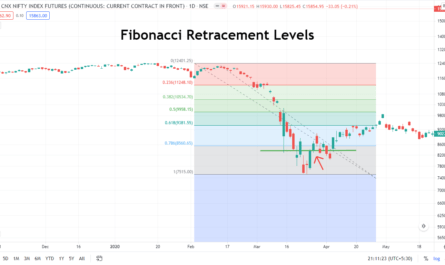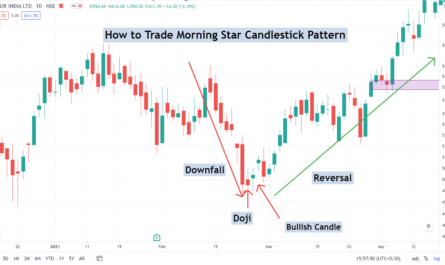What is a pivot point?
Pivot Point Trading is not the same as price action trading. Price action trading is used in a variety of stock and ETFs. The other way to use Pivot Points is to determine support and resistance levels. When a stock trades above a strong resistance level, it is said to be in a bull market.
When a stock trades below a strong support level, it’s said to be in a bear market. Pivot points are used as a visual indicator. Price moves through pivot points.
When a stock trades below a pivot point, it’s bearish. When a stock trades above a pivot point, it’s bullish. Watch Out for the Most Powerful Tool for Day Trading: Stop Loss Targets Before making a transaction, some traders set a “stop loss.
Pivot points trading are a great way to find the overall trend
The first step is determining the overall trend. To do this, you simply must know where the overall trend is going and where your trades should take place. The current trend is up. Therefore, on a weekly chart, a great place to start is at the trend line of lows which was crossed in June 2016.
The trend line is marked with a red dot and the 200-week simple moving average (SMA), which is plotted with a red dashed line. The chart shows the price made a new high in late July 2016 and has been trending upwards since.
The point to note here is that when the price hits the red SMA, which is approximately $22.17 on this chart, it is clear that the market is going higher. We would expect the price to attempt the red SMA in the coming days or weeks.
Why is it important to use pivot point trading?
It can be difficult to navigate a traditional buy and sell range. When you hit a range point, you typically have two possible outcomes: 1) the price continues the upward trend and breaks through the pivot point; or 2) the price drops through the pivot point and follows the downward trend.
Both outcomes are potentially profitable. If the market hits the pivot point trading and stays below the pivot point, then it’s bearish and prices will go lower. If the market hits the pivot and breaks through, then it’s bullish and prices will continue to rise. Don’t think of it as following a strategy that trades with a mouse.
Pivot point trading doesn’t cause any new position to be opened; it just adds an opportunity to either buy or sell. Below is a stock screen I did on Apple Inc.
How to use pivot points
First, identify the trend. If the market is long-term bullish, use the 200-day moving average to determine the uptrend. If the market is trading below the 200-day moving average, then it’s bearish.
Second, look for reversals to get the first swing. For example, if the market was trending upwards at the pivot point trading but then reversed back to the long-term trend, then it’s time to use the 200-day moving average.
If the market is trading above the 200-day moving average, then the first swing would be a long-term swing. That’s what I use as my baseline for my strategy. However, if the market is trading below the 200-day moving average, then it’s time to use the 100-day moving average as a pivot.
Conclusion
Pivot point trading is the most powerful tool for day trading. There are four types of Pivot Points: ascending, descending, symmetrical, and inverted. As described by Pivot Point trading guru Joey Cuellar: These points are not meant to dictate the direction of the market but rather, they are used to differentiate the direction of the current trend of the market.
There are some exceptions, however. For example, the MACD Pivot point will work just as well, or even better, than the Pivot Point trading. For more information on how to use Pivot Points, you need to backtest this trading guide to make informed trading decisions.
One should follow the Risk Management, Money Management, and Fear and Greed concept of the market to avoid big losses.
if you like this post kindly leave a comment in the comment section so that we can know what your thought about this Index pivot point trading. For more trading ideas do follow us on




